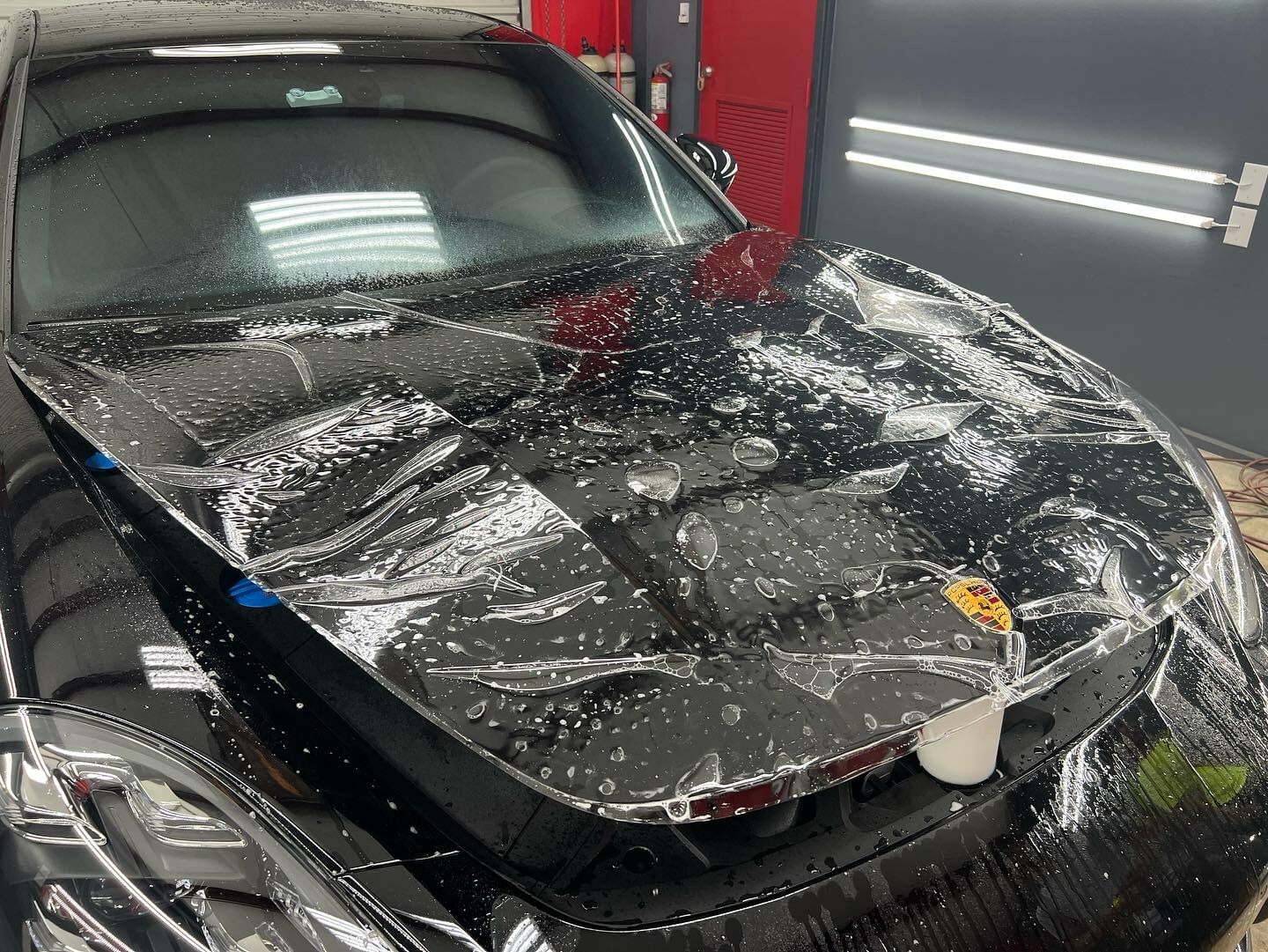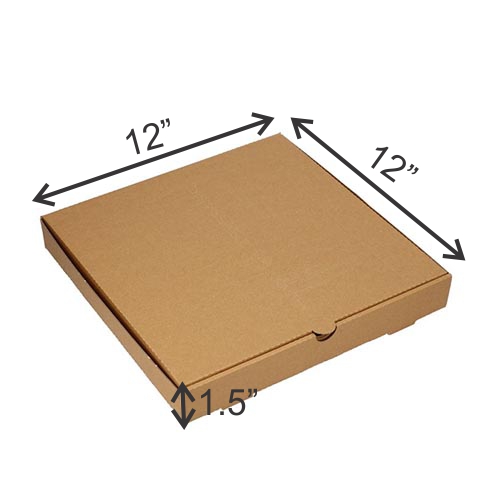Enhancing your vehicle’s look and protecting its interior does not require expensive modifications. A high-quality window tint is a practical and stylish upgrade that offers both visual appeal and functional benefits. Whether you are aiming for a sleek look or seeking to reduce interior wear from sunlight, window tinting can make a noticeable difference. It is an easy way to add value, comfort, and durability to your car without major investment. Let’s explore how this simple upgrade can transform both the style and protection level of your vehicle.
Enhances Vehicle Style Instantly
Window tint gives any car a cleaner, more polished appearance. Whether you drive a compact, sedan, or SUV, tinting adds a sleek edge to the overall look.
Style Benefits of Window Tint:
- Offers a modern, uniform appearance
- Matches well with custom wraps or paint jobs
- Provides a subtle, luxurious vibe
- Hides interior clutter from outside view
Shields Interior from Sun Damage
Sunlight can damage your car’s upholstery, dashboard, and interior trim over time. UV rays lead to fading, cracking, and heat buildup that shortens the lifespan of your interior components. Leading window tint manufacturers offer a variety of shades and finishes to meet diverse customer needs.

Protection Benefits:
- Blocks up to 99% of harmful UV rays
- Prevents dashboard warping and fading
- Keeps seats and trim looking new longer
- Slows down overall aging of interior
Improves Cabin Comfort
Driving in hot weather becomes uncomfortable when your car heats up under the sun. Quality window film significantly reduces interior temperature, especially in summer.
Comfort Improvements:
- Reduces glare from the sun and headlights
- Helps maintain cooler temperatures inside the car
- Minimizes the need for excessive air conditioning
- Makes long drives more pleasant for passengers
Adds Privacy and Security
Window tint also increases privacy, making it harder for outsiders to see into your vehicle. This adds a layer of protection against theft or break-ins.
Privacy and Safety Highlights:
- Conceals valuables and electronics from sight
- Makes it harder to shatter glass in accidents
- Deters unwanted attention and prying eyes
- Offers peace of mind when parked in public areas
Legal and Customizable Options
Tinting films come in different shades and types, making it easy to find an option that meets your local laws and personal preferences on tint percentage chart.
Customization Options Include:
- Various darkness levels to suit visibility needs
- Ceramic, carbon, or dyed film types
- UV and infrared rejection features
- Professional or DIY application options
Installing quality window tint is more than a style choice it is a smart investment in your vehicle’s comfort, appearance, and protection. With benefits ranging from UV protection to increased privacy, this small upgrade can have a lasting impact. Choose a reputable installer and legal tint level, and you will enjoy a better-looking and better-protected ride every time you hit the road.







